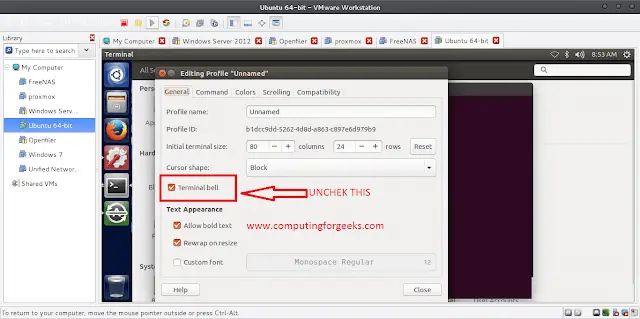Images have become a very common medium of human expression on the internet with the coming up of social networks. Facebook is the biggest repository of digital images ever. This trend is only going to intensify given the emergence of image first platforms like Instagram and Snapchat, also called “Visual Social Media”. Marketers and analysts generally find it really hard to gather insights from these visual social media, because its hard to quantify images being shared. The answer lies in automated image analytics i.e. Visual Analytics that can process the visual information and derive conclusions. Until very recently, it wasn’t even possible to do such automated analytics but times have changed. Now Visual Analytics tools are used to get the analysis of images.
With the recent success of deep learning models called convolutional neural networks in automated perception tasks, AI has matured enough to act as a proxy to human observers to document what is being shared. These AI algorithms can actually make sense of what the content of the image is (for instance, it can see that the image contains dogs or cats or an apple) and even asses various quantities for us (Microsoft recently released a demo where they could estimate the age of the person in the image). Extracting such information from the images automates the categorization and processing of visual data.

When you put an image for input, the AI algorithm returns with the visual information associated with that image. The output, for example can tell what all objects are present in the image , how many humans in the image along with their age and emotions, if the image is taken outside or indoors and even the relationship among the objects in the image (for instance, it can recognize a human and a frisbee in the image and can also recognize that the human is throwing a frisbee and not the other way around). We decided to run these AI algorithms and check out what we could deduce. While we continue working on our own versions of these algorithms, here we used our own Visual Analytics APIs on top of social media images which could return the image description, tags and emotions of the input image. Take a look at the following image.

For this image, the visual analytics returns with the these results.
Emotion: happiness
Tags: [“indoor”, “table”, “cake”, “sitting”, “top”, “decorated”, “birthday”, “pink”, “girl”, “food”, “plate”, “topped”, “small”, “front”, “little”, “woman”, “bed”, “desk”, “holding”, “white”, “young”, “large”, “standing”, “bear”, “room”, “phone”]
Talking of images, Instagram is probably the largest social media platform dedicated entirely for featuring images tagged with one or the other hashtags. #gopro is an evergreen hashtag on Instagram almost always. Go pro is known for its action cameras and mobile apps. We crawled all the public images using this hashtag uploaded in last seven days. Upon the image analysis of a total of 727 images using the technique specified above and aggregating results, we came up with the following insights. (Please note there would be way more than 727 private images, which we did not work on)
The most common emotion was happiness that was exhibited in 531 images. This was followed by the no emotion(187), surprise (4), anger (3) and sadness (1).
For the next insight, we have compiled a graph of the top 10 tags with their frequencies that were found in the photo using visual analytics.

As you might be able to decipher, they are more generic image tags, showing demographical and indoor/outdoor distribution of images. Also white is the most popular color.
The remaining tags are arranged in the following word cloud (the size of the word corroborates with the frequency of tag in the images).

Judging by the tags we have assembled, it is quite evident that most of the images are taken outdoors either in the vicinity of natural offerings like ocean, grass, rivers, mountains or doing outdoor sporty activities. Well, we don’t blame them as the best pictures are clicked when you have a natural light in sight.
In general, such an analysis can help brands, marketers and researchers to understand what is being shared about their hashtags on visual social media without going through the pain of analyzing each image.
Original Source.





